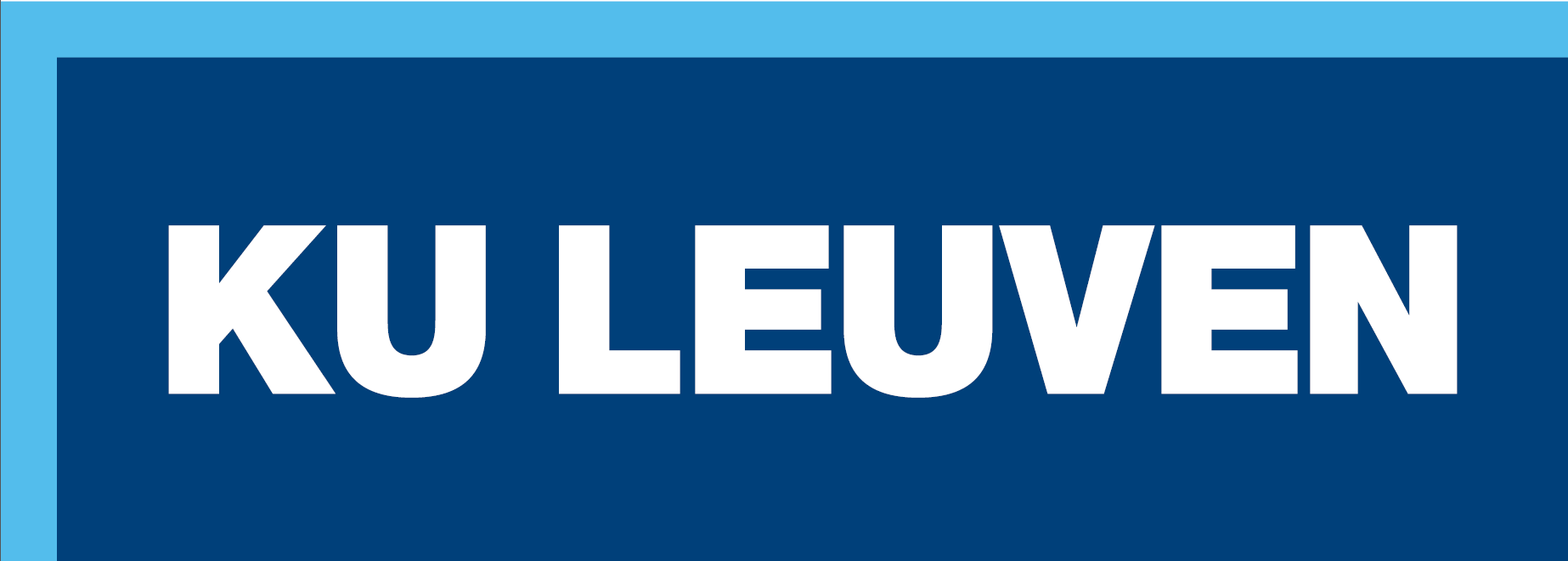
The Cyprus Institute had an inspiring presence at the “Researcher’s Night 2020” event, organised virtually for the first time, on Friday, 27th of November 2020. The event is an initiative of the European Commission and organized by the Research and Innovation Foundation (RIF), and is held annually to promote the importance of research, technology, and innovation. It takes place at the same time in 371 cities across Europe and beyond, on the last Friday of September and is dedicated to bringing researchers closer to the public, highlighting the important role they play in society and promoting the profession of a researcher.
This year’s event was initially scheduled for Friday, 25 September 2020. However, due to the exceptional circumstances of the COVID-19 pandemic, it was conducted totally virtually on Friday, 27 November 2020. The organizers, as well as the participants gave all visitors a unique experience.
The central theme of the Researcher’s Night 2020 event was “Green and Smart Cities” promoting biodiversity, climate, health, wellness and air quality, as well as social cohesion and sustainable development, while at the same time there were activities from all scientific fields. The motto of the event was “Science is for all”.
CyI participated with a total of eleven different virtual activities, and the public had the opportunity to get acquainted with various research themes carried out at the Institute.
Two of these activities were the STARC and PROMISED project related activities of:
The Human Skeleton: A Window to the Past - led by Assistant Professor Efthymia Nikita Post-Doctoral Fellow Maria-Eleni Chovalopoulou, PhD Student Anna Karligkioti, PhD Student Mahmoud Mardini, Graduate Research Assistant Chrysa Vergidou.
Abstract: How active were our ancestrors? What were their dietary habits like, how healthy were there and how mobile? All this information can be extracted from the human skeleton, using appropriate research tools. This project included different activities for an audience aged 5 to 15 years. These activities showed what an osteoarchaeologist’s job looks like from the stage of excavation to the stage of laboratory analysis. In specific, someone could learn the main principles of an archaeological excavation, and also gave the opportunity to determine if a human skeleton belongs to a man or a woman, how old he/she was, how active and whether he/she suffered from any diseases, exactly as an osteoarchaeologist does in the lab.
What’s for dinner? Eating and Drinking with Ancient Cypriots - led by Assistant Professor Evi Margaritis. Team members: Lab Assistant Carolyne Douche, Research Affilliate Anna Spyrou, PhD Student Carly Henkel, PhD Student Kyriaki Tsirtsi.
Abstract: This activity aimed to provide the online visitor with an understanding of ancient subsistence and diet in Cyprus, by presenting the most up-to-date work from the field and laboratory. Specialists discussed the existing evidence on human diets, as reflected through the plant and animal remains found in archaeological sites across the island. The activities presented covered a broad timeframe, spanning from the Late Epipaleolithic, when we have the earliest evidence of habitation of the island by hunters and gatherers, to the modern era. The approach focused on wild and domestic animal and plant remains retrieved from some of the most important archaeological sites including Akrotiri Aetokremnos, Parekklishia Shillourokampos, Chirokoitia, Kition, Idalion, Pyla, Kourion, Pafos and Erimi. Among the major themes were discussed by researchers was the evolution of food acquisition and processing strategies, the introduction of plant and animal resources on the island from the nearby mainland, the origins of brewing and wine making and the equipment being involved. Activities included an introduction to the products and by-products of plants and animals, such as milk and wine, as well as quizzes and games that engaged the online visitor to the topic of past diet.
More info available here.







